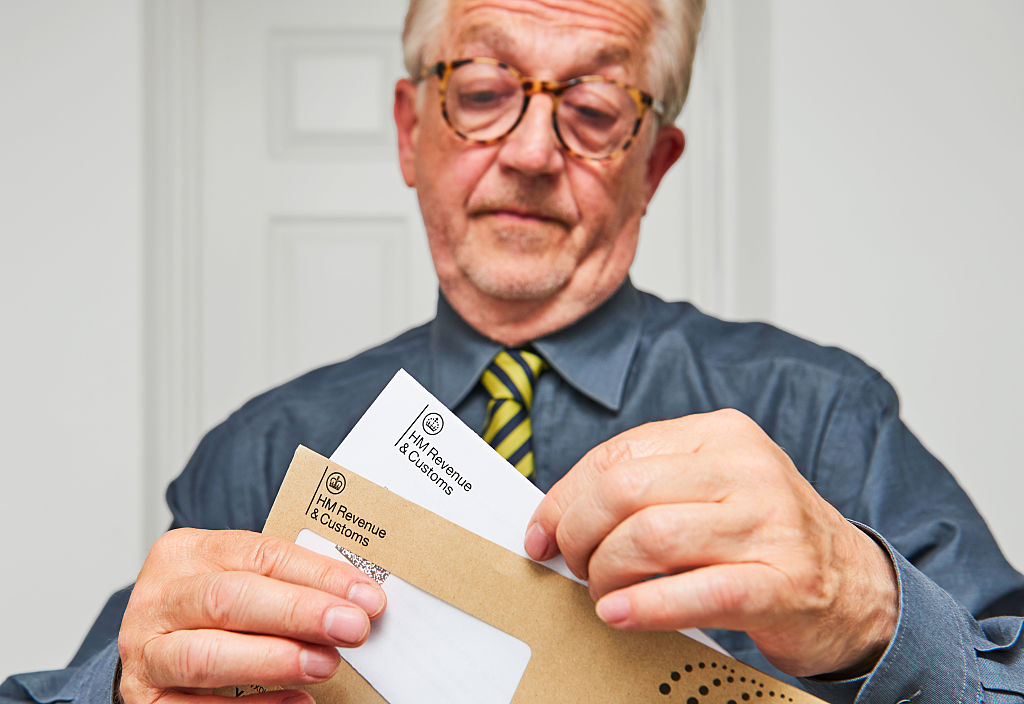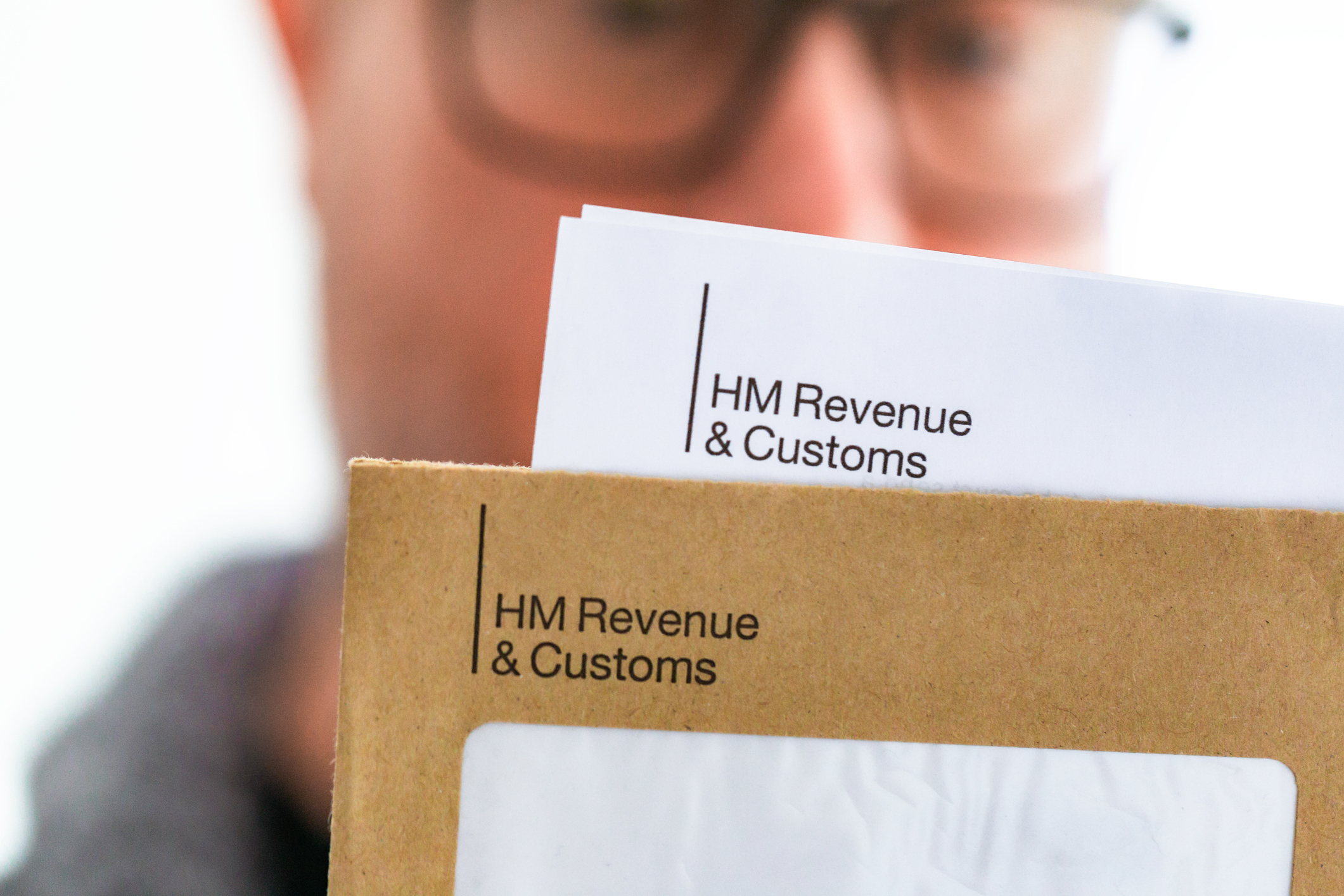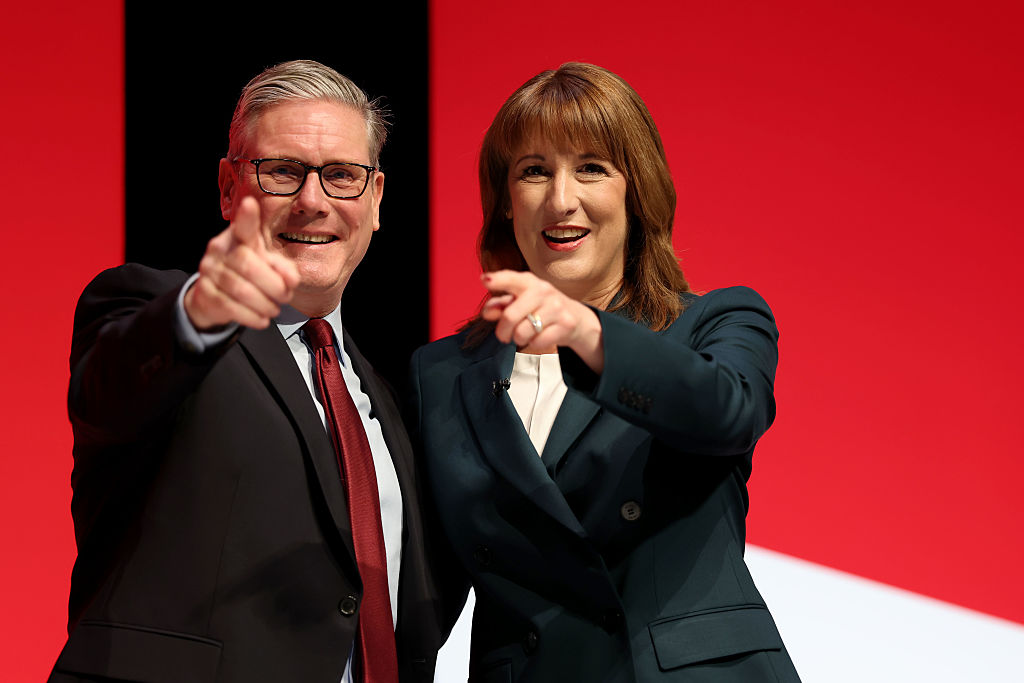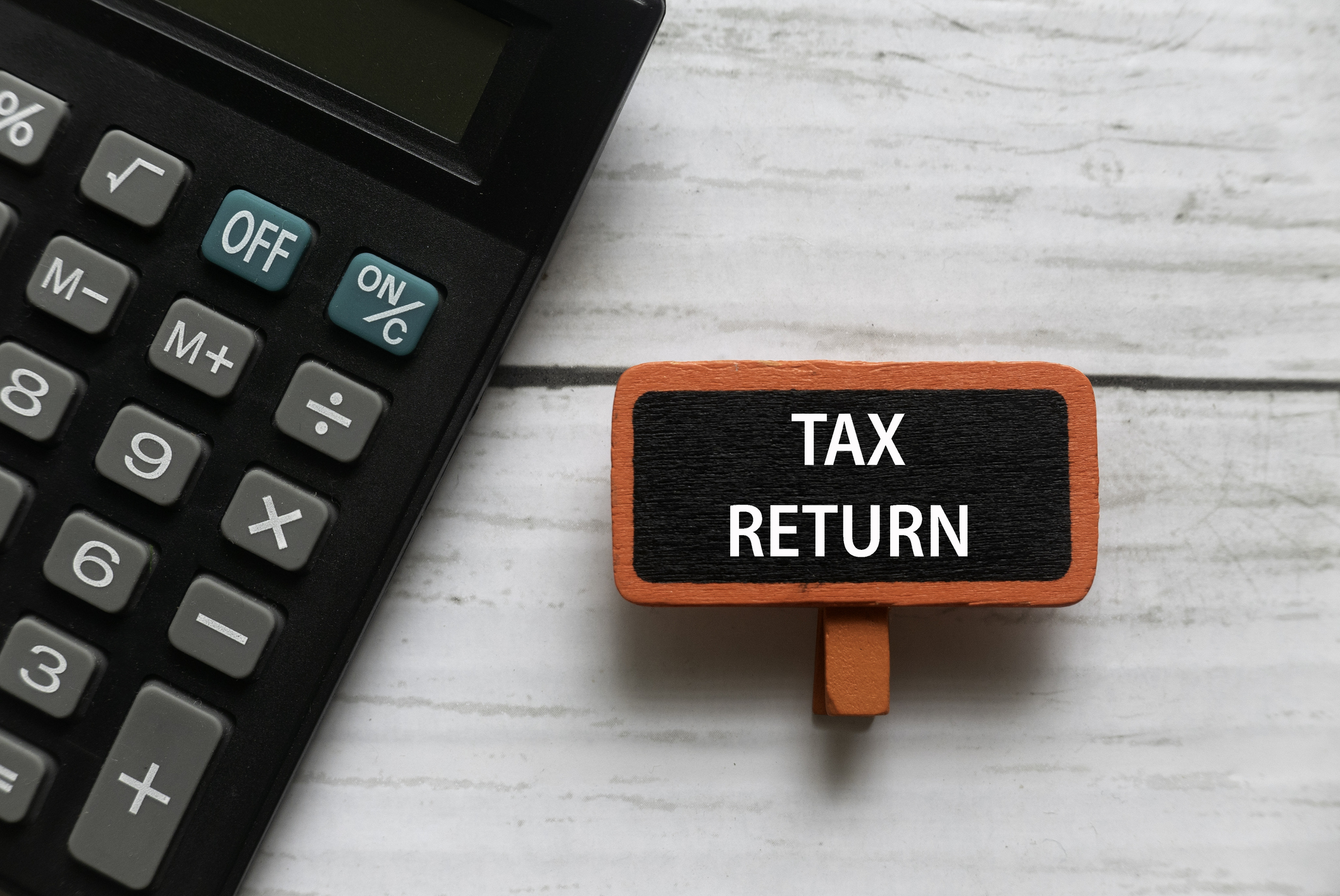Tax
The latest news, updates and opinions on Tax from the expert team here at MoneyWeek
Explore Tax
-

More pensioners dragged into 60% tax trap – could you be caught?
Frozen thresholds are pushing more older workers into paying income tax at levels much higher than the headline rate, new figures show. We look at why and how you can avoid being caught in the 60% tax trap.
By Laura Miller Published
-

Higher earners face £377 bill if Reeves puts up income tax – do you fit the Treasury’s definition of ‘working people’?
Labour’s election manifesto pledged not to raise National Insurance, VAT or income tax but prime minister Keir Starmer appeared reluctant to repeat the promise this week
By Laura Miller Published
-

UK regions where property tax proposals could hit homeowners hardest
Rumours a mansion tax could be announced in the Autumn Budget are already hitting the housing market but homeowners are being urged not to panic yet
By Marc Shoffman Last updated
-

Side hustle tax: Do you owe HMRC money?
Unpaid social media reviews of goods and services and extra efforts to earn income online could be liable for side hustle tax
By Marc Shoffman Last updated
-

Will taxes rise further in the 2025 Autumn Budget?
Tax hikes in the Autumn Budget are now widely expected as the only way for the chancellor to balance the Treasury’s books but questions remain over what – and who – Rachel Reeves will target
By Laura Miller Last updated
-

When is the self-assessment tax return deadline?
If you are self-employed, rent out a property or earn income from savings or investments, you may need to complete a self-assessment tax return. We run through the deadlines you need to know about
By Ruth Emery Last updated
-

Family investment companies explained: how the ultra wealthy shield their money from the taxman
Wealthy families are increasingly turning to family investment companies to keep more of their money away from HMRC – but what are these arrangements and how do they work?
By Laura Miller Published
-

Number of high-earning women jumps 12% – how to convert income into pensions
More women than ever are paying the highest rate of tax as record numbers succeed in high paying professional roles. But their pension saving still needs to catch up
By Laura Miller Published
-

‘My estate faces a £214,000 tax bill unless I get married’ - the perils of the inheritance tax pension reforms
The chancellor's plans to charge inheritance tax on unused pension wealth could be bad news for cohabiting couples
By Marc Shoffman Published
